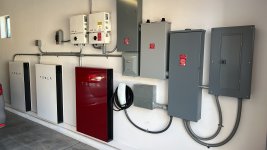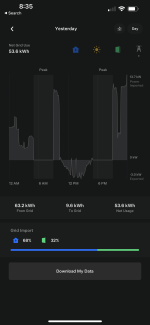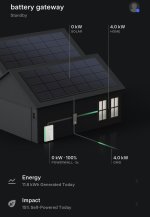I have quite a few use cases this aligns with actually.
Benefits of their charger (even better when they have a V2H product) and breaker system:
- Much more granular control of where my solar power routes to. It’s not possible today to tie a car charger to 100% solar input without some special configurations and REALLY going out of your way for the hookup (I’d know because this is what I originally tried to do). The fact that I can prioritize my car charger to be 100% solar driven and have any left overs revert back to somewhere next in the queue is fantastic granular control that simply doesn’t exist today.
- Charger load balancing. Yes I have a 400Amp input, but the ability to limit/load balance chargers is up on my list. My wife will be receiving an EV soon as well and this is a natural progression for me.
Without their charger
- Monitoring general utility usage is something I’ve wanted for a while now. One of their demo’s basically uses historical graphs to predict your fridge is about to go bad due to spikes. This is right up my alley. This is one use case, but electricity has been going up and Tesla’s data barely provides the information I desire to make cognizant decisions about my usage. Whole home usage is great, but there’s a lot of guess work in what’s causing what. The more granular that data is, the better.
- Remote abilities to control my breakers is something I’ve dreamed about for a very long time now. Simply put, I have a lot of DIY projects I’ve done and this, is amazing from a convenience factor.
- Granular control where I can route power to specific areas of my house during a power outage. I love the idea of being able to optionally turn off power draw to things like my pool, other pumps, different rooms, maybe even one of my 2 AC units rather both. I live in Florida and have been without power for a week before during a hurricane, not for me honestly. During any outages today, I can’t really “control” where my power walls send power to. I have to turn off things manually to sort of get that effect. With this I can without manually doing any of that and guessing.
There’s more their content breaks down, but these are my primary reasons. With a tax break that could cut the cost of this product significantly down, this seems worth it at some point to me. I take a bit of pride in my smart home as well, soooo this is a natural investment with one of the backbones of a home. I consider many things in modern homes to be archaic needing innovation.. this is one of them. I’d also like the ability to monitor water usage to this level tbh. Yes there’s leak sensors out there, but I actually want that data because I’m me

.
Also, anything I can do to
own my utility meter is a huge win.. they offer something to help with that (
https://www.solarpowerworldonline.c...r-and-meter-products-within-smart-home-suite/). I hate being at the mercy of a utility company.
My single hesitation is a lack of understanding on my behalf of how well this software works if the company goes out of business. That’s always a bit of a question with proprietary hardware/software now-a-days though.
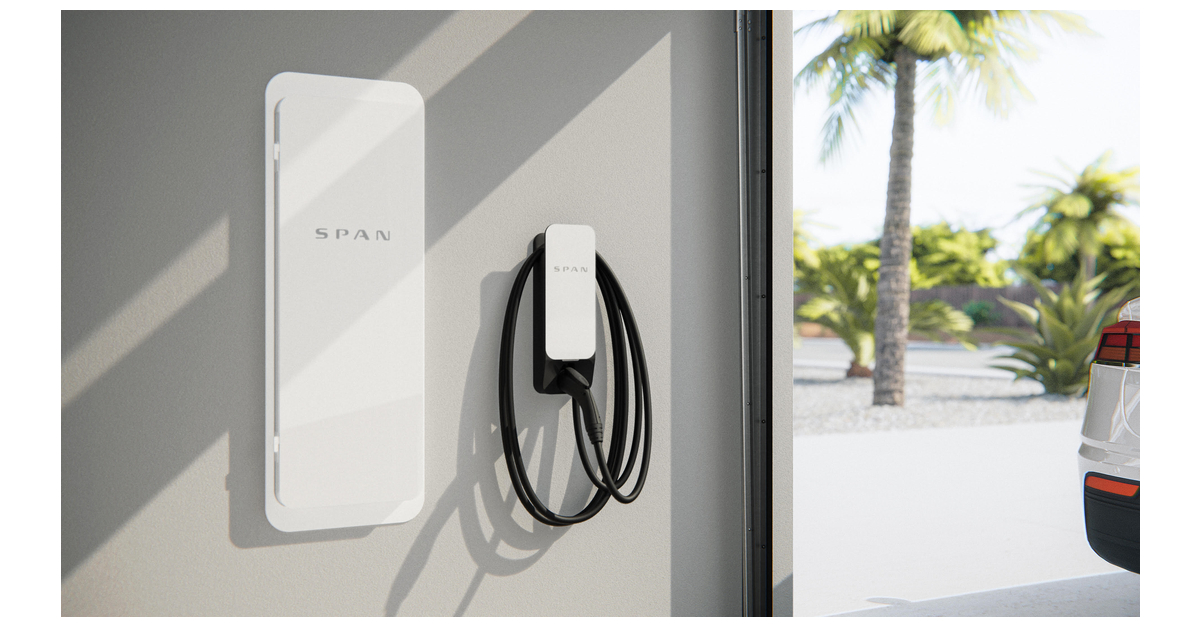
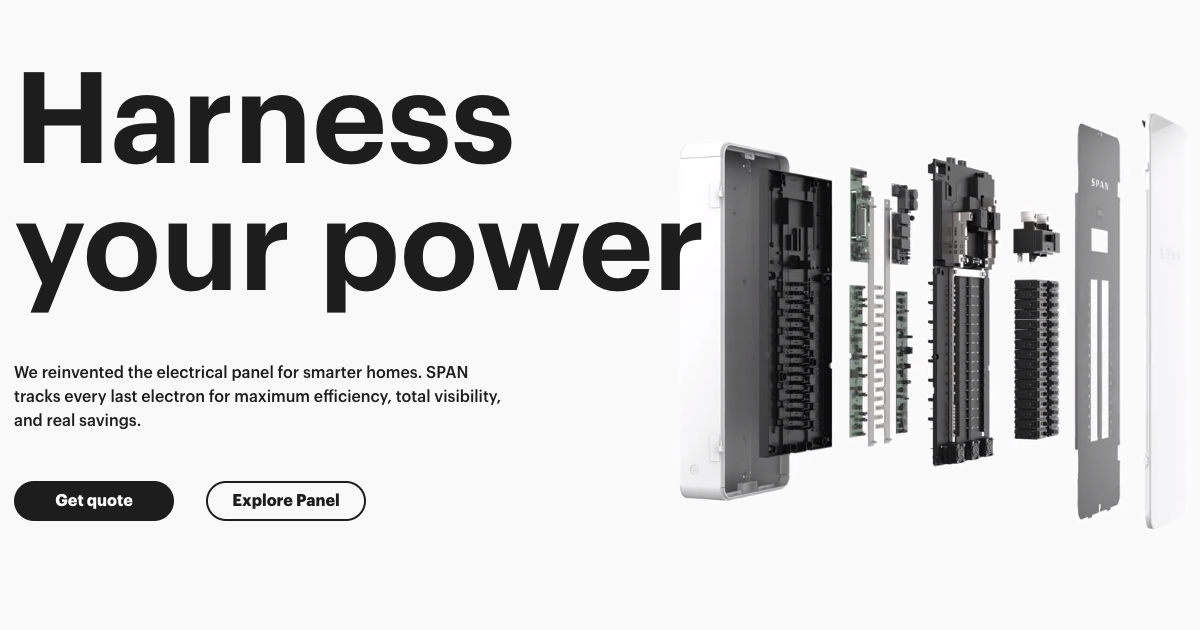
 www.span.io
www.span.io



